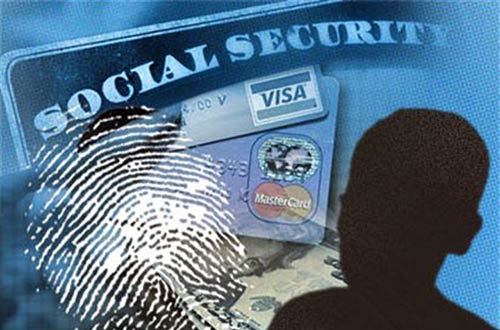
Javelin Strategy & Research released The 2018 Identity Fraud Study which found that despite industry efforts to prevent identity fraud, fraudsters successfully adapted to net 1.3 million more victims in 2017, with the amount stolen rising to $16.8 billion.
Javelin believes that consumers who exercise good online security habits can minimize their risk and impact of identity fraud. The following are five recommendations for consumers to follow:
- Turn on two-factor authentication wherever possible – Enabling two-factor authentication on sites that have that capability, where a separate action must be taken beyond providing a user name and password to access an account, can make it significantly more difficult for fraudsters to take over your accounts. For sites without two-factor authentication, use strong passwords or a password manager to secure accounts.
- Secure your devices – With consumers increasingly relying on their digital devices to obtain goods and services, making purchases and sharing personal information, criminals have shifted their focus to these devices for the access they can provide to accounts and the information they store or transmit. Secure online and mobile devices by instituting a screen lock, encrypting data stored on the devices, avoiding public Wi-Fi and/or using a VPN, and installing anti-malware.
- Place a security freeze – If you are not planning on opening new accounts in the near future, a freeze on your credit report can prevent anyone else from opening one in your name – which is especially important if you have been a victim of data breach that has exposed sensitive personally identifiable information. Credit freezes must be placed with all three credit bureaus and prevents everyone except for existing creditors and certain government agencies from accessing your credit report. While costs vary per state, typically each bureau costs below $20. Should you need to open an account requiring a credit check, the freeze can be lifted through the credit bureaus.
- Sign up for account alerts everywhere – A variety of financial service providers, including depository institutions, credit card issuers and brokerages, provide their customers with the option to receive notifications of suspicious activity – as do businesses in other industries, such as email and social media providers. These notifications can often be received through email or text message, making some notifications immediate, and some go so far as to allow their customers to specify the scenarios under which they want to be notified, so as to reduce false alarms.
- Protect yourself from unauthorized online transactions – As EMV makes fraud at physical stores more challenging, fraudsters are moving to target online merchants. Some financial institutions offer alerts for online transactions, the ability to institute limits on online transactions, or even advanced controls through 3-D Secure (e.g., Verified by Visa, SecureCode from Mastercard, etc.). These can help quickly detect and even prevent online fraud from occurring.
This was an excerpt from the article ‘Identity Fraud Hits All Time High With 16.7 Million U.S. Victims in 2017’
All logos and trademark on the image in this article belong to the respective trademark owners and is used in the image only as visual aid, and they are not directly related to the story.
Source: javelinstrategy.com
